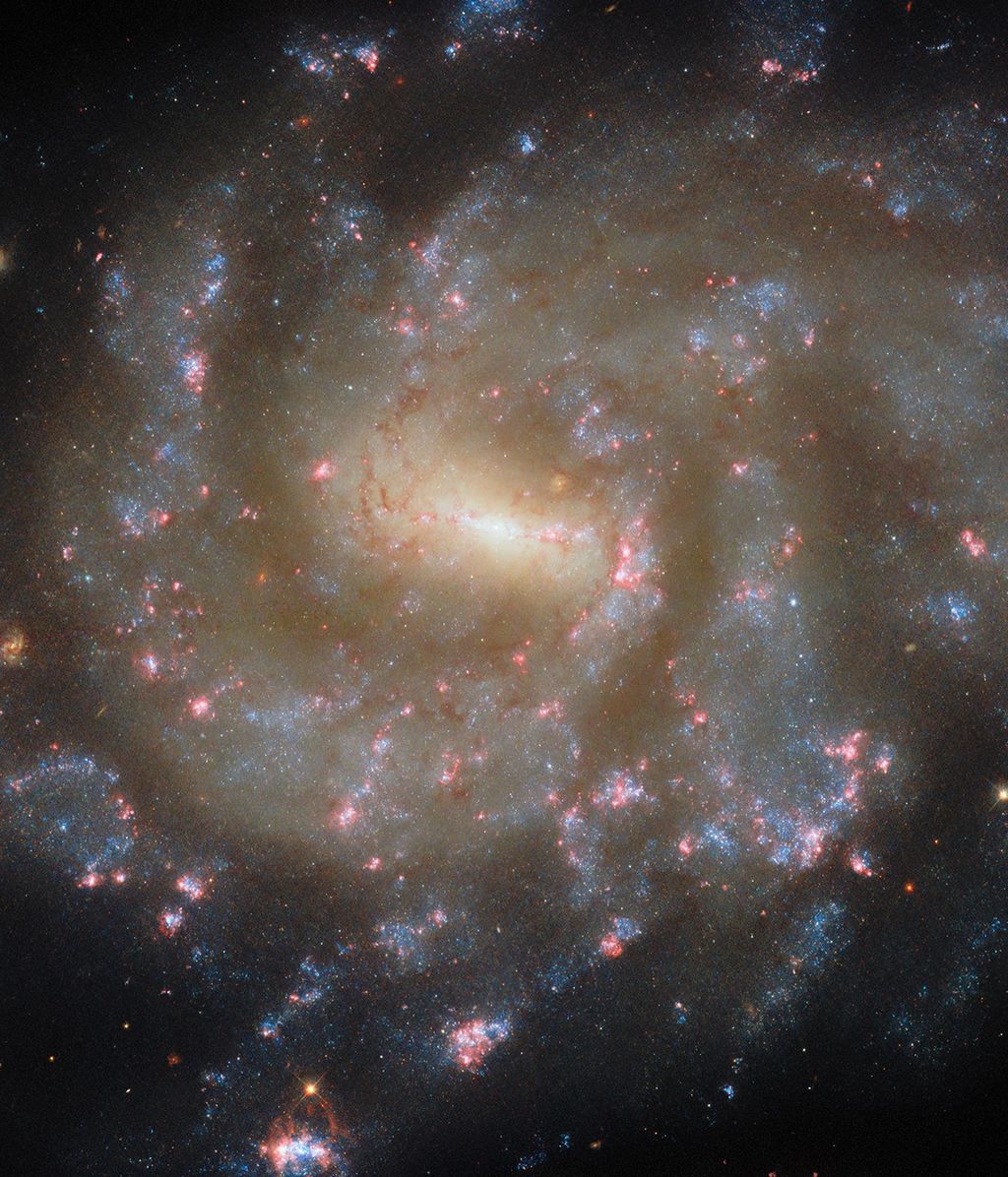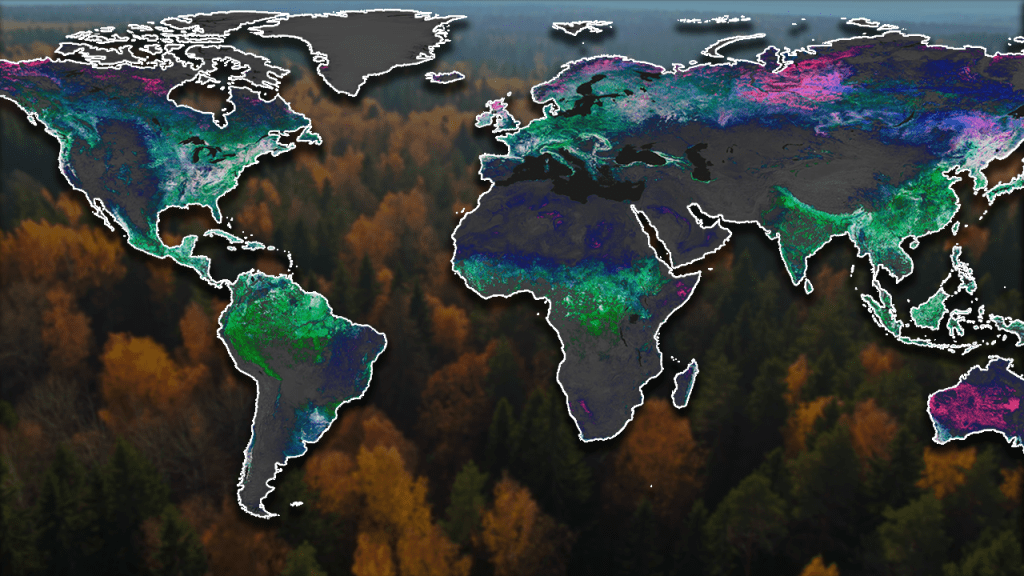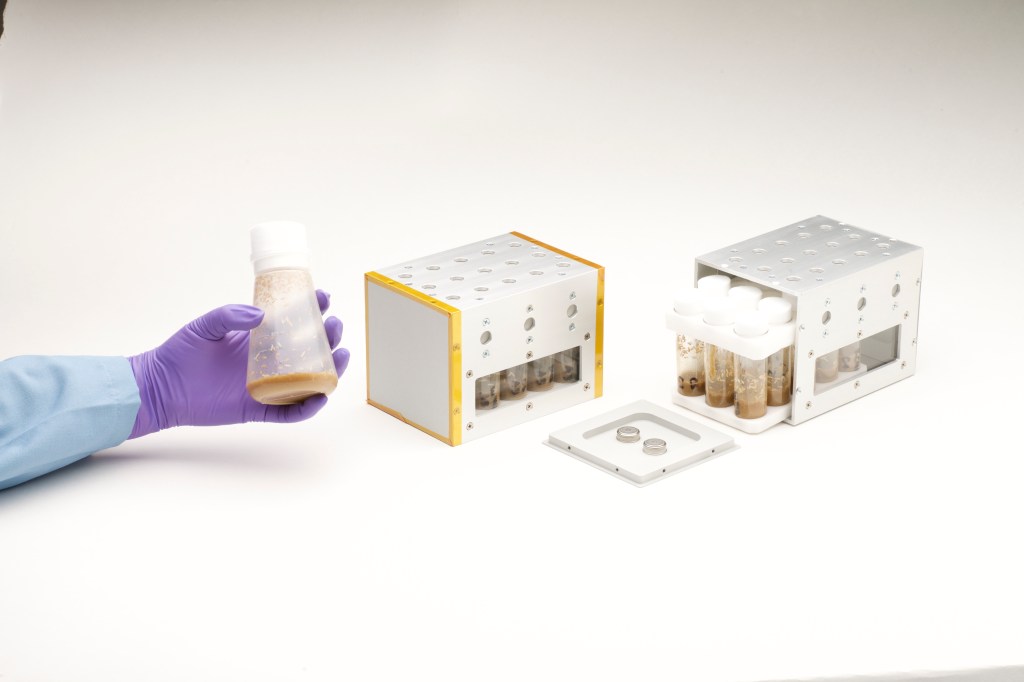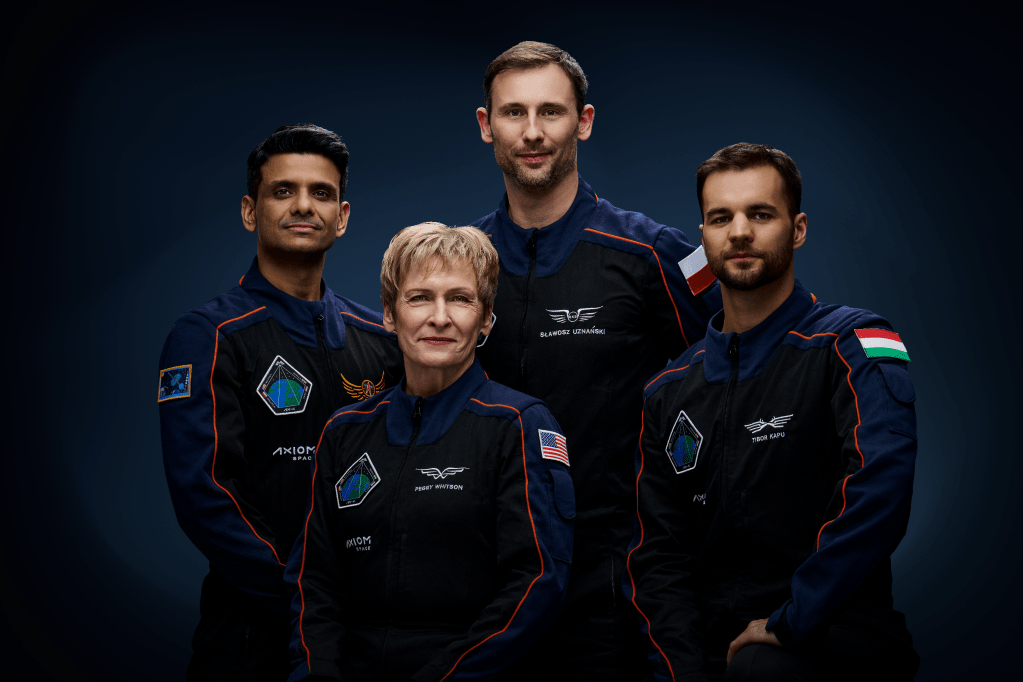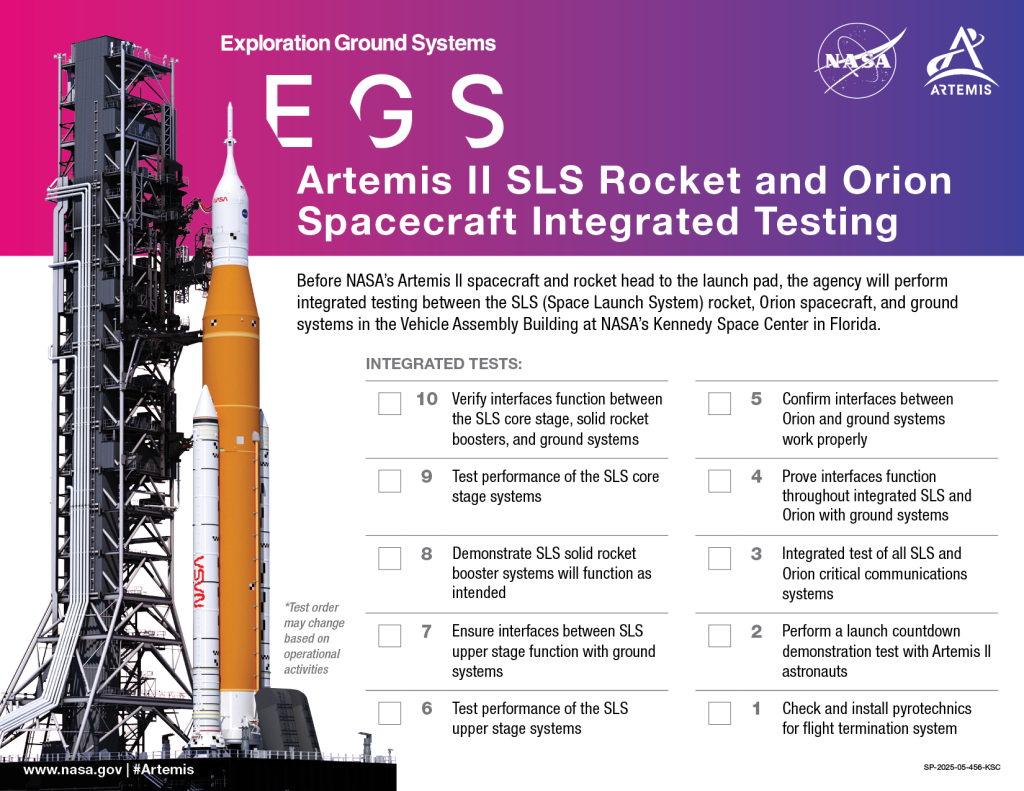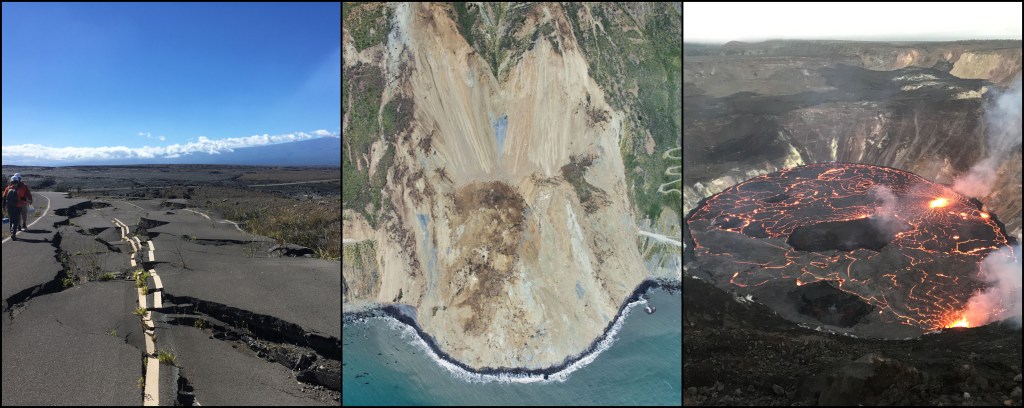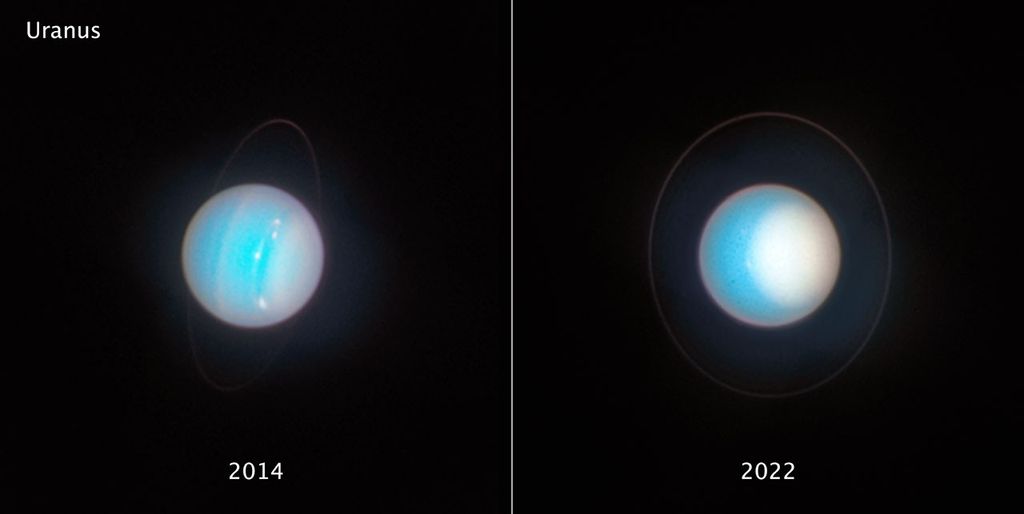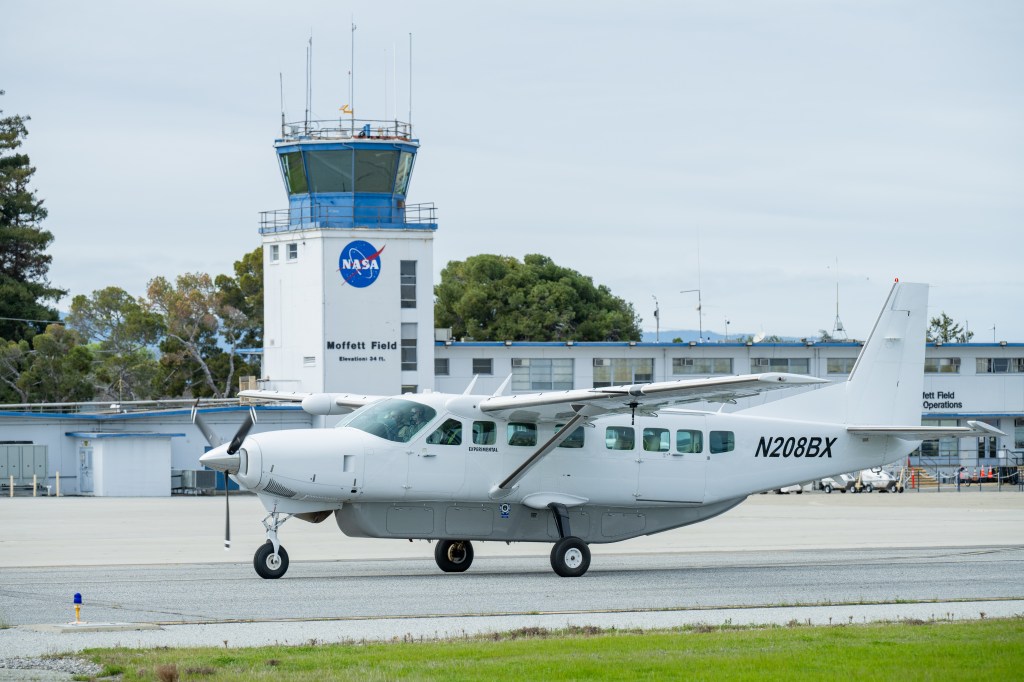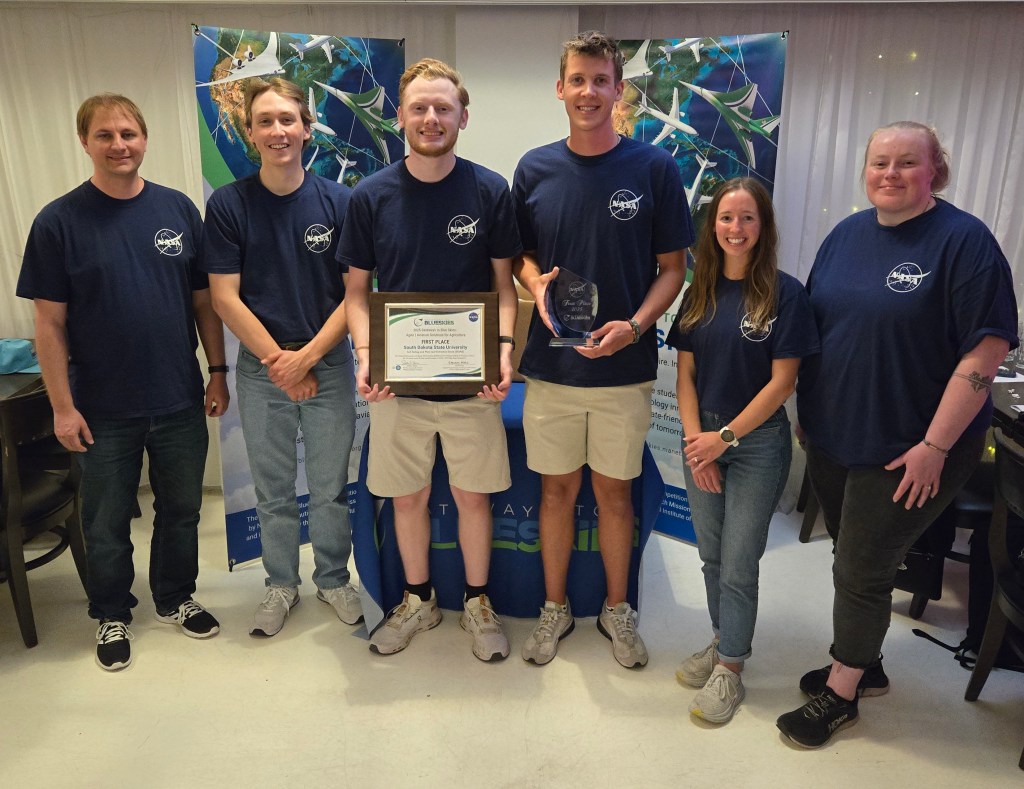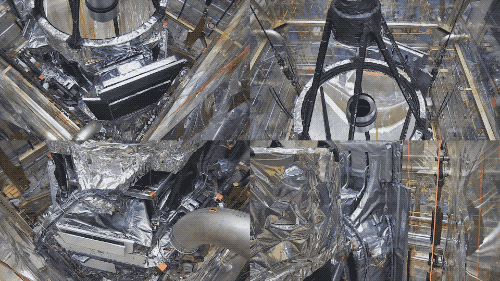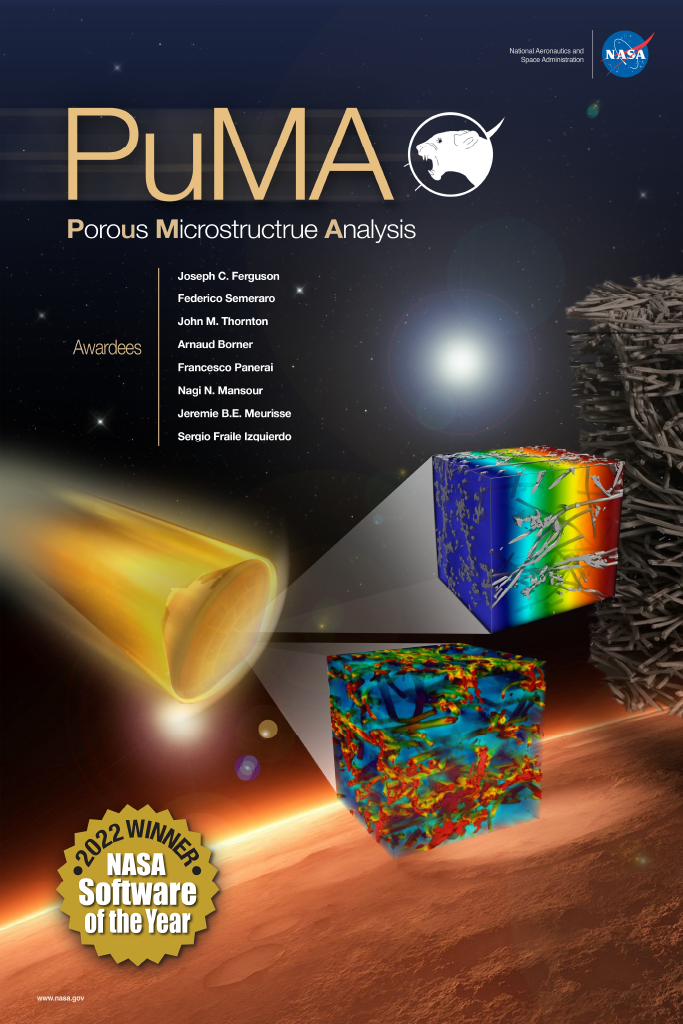NASA ICB 2022 Awards
Invention of the Year
Winner: ARC’s NASA Technology Transfer System (NTTS) Version 3.1 and Netmark
The NASA Government IOY was awarded to Ames Research Center’s NASA Technology Transfer System (NTTS) Version 3.1 and Netmark eXtensible DataBase (XDB) Version 3.0 (ARC-CC-012). The winning submission is an integral part of NASA’s ability to adhere to NASA’s Space Act directive to “provide for the widest practicable and appropriate dissemination” of the results of its missions. NTTS provides NASA with a comprehensive system that is particularly suited to enable sharing of the innovative Research and Development (R&D) of NASA technologies with the general public, industry, academia, and other U.S. federal agencies to benefit the U.S. economy, new scientific and technological discoveries, and humankind.
An important component of NTTS is a suite of data systems and web applications designed for and used daily by the Agency’s Technology Transfer (T2) program and legal offices. These systems contain over 60,000 technology portfolios supporting all NASA Centers and Headquarters. These systems and specialized modules facilitate and streamline NASA’s important T2 processes and activities, including the reporting of new technologies (e.g., technology & invention disclosures), protecting intellectual property (e.g., patents), and commercializing technologies through various technology licenses, software releases, spinoffs, success stories, and partnerships with industry, academia, and other U.S. federal agencies; making this system vital to NASA’s T2 mission.
Software of the Year
Winner: ARC’s NASA Technology Transfer System (NTTS) Version 3.1 and Netmark eXtensible DataBase (XDB) Version 3.0 (ARC-CC-012)
ARC’s Porous Microstructure Analysis (PuMA) (ARC-17920-1A)The Porous Microstructure Analysis (PuMA) software was developed to provide a robust and efficient framework for computing material properties based on 3D microstructures. The development was motivated by advancements in X-ray microtomography, an imaging technology that can resolve the structure of a material at a sub-micron scale, in 3D and even in 4D (over time). Over the past decade, this technique has been disruptive in the field of materials science for its ability to non-destructively analyze a material microstructure. At NASA, it has provided unprecedented insights into materials relevant for different missions, including heatshields, parachute fabrics, meteorites and other advanced composites.
PuMA provides the capability of computing a comprehensive spectrum of material properties, from the most fundamental geometric features of a microstructure, to advanced anisotropic thermo-elastic and chemical properties. In addition, the software can generate artificial microstructures, ranging from simple analytical shapes to complex fibrous woven and nonwoven geometries. Coupling material generation and material characterization enables parametric studies and sensitivity analysis to optimize the microstructural performance and inform design decisions and reliability assessments based on uncertainty quantification.
PuMA also provides the first open-source framework for users to develop their own microscale materials modeling capabilities, leveraging the data structures, input/output functionality, and linear solvers present in the PuMA software. Finally, PuMA provides significant advantages in computational efficiency and scalability compared to state-of-the-art tools, allowing simulations ranging from light laptop calculations to parallel simulations on a supercomputer.




